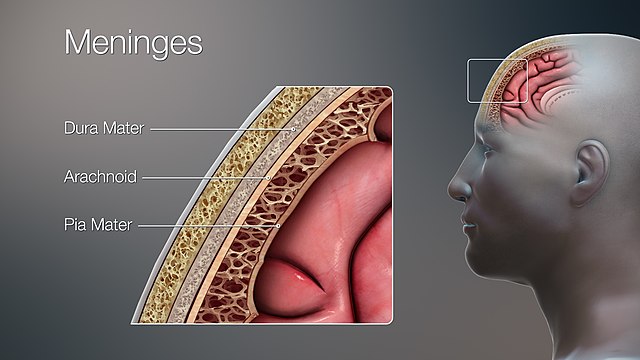A Natural Approach to Idiopathic Intracranial Hypertension (IIH) with Fascial Counterstrain
Idiopathic Intracranial Hypertension (IIH), also known as pseudotumor cerebri, is a condition where pressure inside the skull increases without an obvious cause, like a tumor. It most commonly affects young, women, but it can occur in anyone. Symptoms often include persistent headaches, vision problems (such as temporary vision loss or blurred vision), a pulsing sound in the ears (pulsatile tinnitus), dizziness, and sometimes difficulty concentrating.
Although the exact cause of IIH isn’t fully understood, researchers believe it may involve problems with how the body absorbs cerebrospinal fluid (CSF), issues with blood flow in the brain, and dysfunction in the autonomic nervous system (which controls involuntary body functions like circulation and fluid balance). While traditional treatments focus on medications, weight management, and sometimes surgery, alternative therapies like Fascial Counterstrain (FCS) may offer additional support by addressing the root cause of dysfunction.
How Fascial Counterstrain May Help
Fascial Counterstrain is a hands-on therapy that works by identifying and releasing tension in the body’s connective tissue (fascia). In IIH, several key systems may be involved, and FCS can help by improving:
1. Venous Drainage (Blood Flow from the Brain)
The body normally absorbs excess CSF through special channels in the brain that drain into veins. If these pathways become restricted—due to tightness in the fascia around the skull, neck, or shoulders—fluid can back up, increasing pressure inside the head.
- FCS techniques can target areas like the jugular veins (which drain blood from the brain) and the membranes inside the skull to improve circulation and reduce pressure.
2. Autonomic Nervous System Function
The autonomic nervous system controls blood vessel function and fluid movement in the brain. If this system is out of balance—perhaps due to stress, inflammation, or mechanical restrictions—CSF drainage can be impaired.
- Fascial Counterstrain may help reset these imbalances by working on key areas like the superior cervical ganglion, a nerve center that influences brain circulation.
3. Cerebrospinal Fluid Flow and Skull Mobility
The bones of the skull are not completely rigid; they have small, natural movements that help regulate fluid dynamics in the brain. Restrictions in areas like the base of the skull or upper neck can interfere with this process, worsening IIH symptoms.
- By gently releasing fascial restrictions in these regions, FCS may enhance the movement of CSF, potentially alleviating pressure.
4. Lymphatic Drainage and Inflammation
The brain has a waste-clearing system known as the glymphatic system, which helps remove toxins and maintain fluid balance. If this system becomes sluggish—due to inflammation or poor lymphatic drainage—IIH symptoms may worsen.
- FCS techniques that focus on the lymphatic system, particularly around the neck and upper chest, may support better fluid movement and detoxification.
5. Spinal and Postural Factors
Tension and misalignment in the spine, particularly in the upper neck and mid-back, can contribute to increased intracranial pressure. Tightness in these areas can affect blood flow and CSF movement.
- By addressing restrictions in the spine, diaphragm, and surrounding fascia, FCS may help restore balance and relieve symptoms.
6. The Role of the Dura Mater in IIH

The dura mater is a thick membrane that surrounds the brain and spinal cord and is a a part of the Meninges. It is connected to the skull and extends down the spine, forming a continuous structure that affects intracranial pressure and nerve function. If this tissue becomes overly tight or restricted, it can contribute to IIH symptoms in several ways:
- Pulling on the Brainstem: Tension in the dura in the brain, particularly in areas like the tentorium cerebelli or falx cerebri, can place strain on the brainstem, affecting circulation, nervous system function, and CSF flow.
- Obstructing Venous Drainage: Since the large veins that drain blood from the brain run through the dura, restrictions in this tissue can impair venous outflow, leading to increased intracranial pressure.
- Spinal Tethering and CSF Flow: The dura extends down the spine and connects with structures in the neck and lower back. Restrictions in these areas—especially the upper neck and sacrum—can pull on the entire system, altering CSF flow and worsening symptoms.
- Fascial Counterstrain can help by releasing tension in the dura mater and related structures, improving overall fluid balance and neurological function.
A Holistic Approach to IIH
If you or someone you know is dealing with IIH and looking for alternative therapies, consider reaching out to a trained Fascial Counterstrain practitioner to see if this approach might be right for you.
